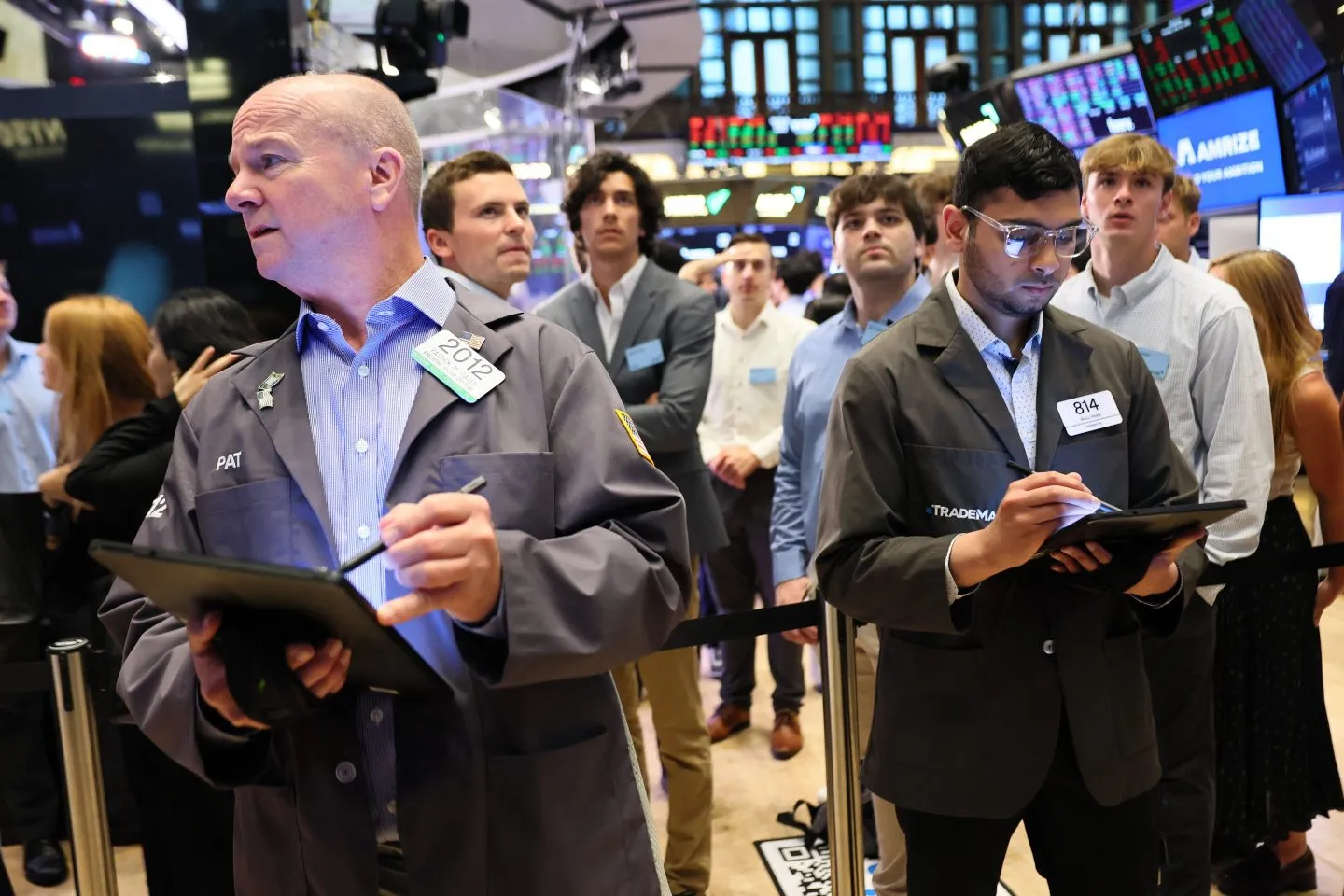Stocks Push Higher Despite Shutdown, With Wall Street Targeting Further Gains
Add the longest U.S. government shutdown in history to the list of hurdles the stock market has managed to overcome this year. Despite the political gridlock, the S&P 500 climbed 0.6% over the 40 days since the government closure began on Oct. 1 and surged even more on Monday as signs emerged that the standoff was finally nearing its end.
If history is any guide, the index could continue its upward momentum into the holiday season. Data compiled by Sam Stovall, chief market strategist at CFRA, shows that one month after the previous 15 shutdowns ended, the S&P 500 rose an average of 2.3%. If that pattern holds, the benchmark could be approaching the 7,000 mark by mid-December.
This latest shutdown could officially conclude as early as Wednesday, after Senate Democrats agreed to bring a deal to a full vote a measure that still requires approval from the House of Representatives. Investors reacted positively to the news, betting that the resolution would prevent significant economic fallout and protect corporate profits.
With political tensions easing, attention is likely to shift back toward monetary policy, where markets expect the Federal Reserve to deliver a third consecutive rate cut next month, and to the ongoing effects of tariffs on inflation.
It’s a modest relief that we can move forward on this,” said Keith Lerner, chief investment officer and chief market strategist at Truist Advisory Services Inc. “But pretty quickly, the focus will shift back to technology, the biggest driver of this market.” Lerner noted that investors are already looking ahead to Nvidia Corp.’s earnings report on Nov. 19.
The five-week shutdown wasn’t entirely smooth sailing for equities. The S&P 500 fell 2.4% during the week ending Oct. 10 after former President Donald Trump reignited trade tensions with China. It dropped another 1.6% last week amid growing concerns that the artificial intelligence rally was becoming overheated.
Even so, the market rebounded more than 4% in the three weeks between those pullbacks as stronger-than-expected corporate earnings boosted investor confidence. In total, the S&P 500’s 2.2% gain during the shutdown surpassed the average performance during previous closures dating back to 1981, according to CFRA.
Now that the government is reopening, Stovall believes the correction seen last week could be postponed. “History suggests that a month after the shutdown ends, the market tends to move higher,” he said.
Strategists expect more gains ahead as federal workers return to their jobs and normal economic reporting resumes, reducing some of the uncertainty that lingered during the closure. Many also think the recent pullbacks in major tech names especially the “Magnificent Seven,” which make up roughly a quarter of the S&P 500 by weight could entice bargain hunters back into the market.
“With the shutdown risk fading, there’s an opportunity to take advantage of the dip in AI-related names,” said Dennis DeBusschere, president and co-founder of 22V Research LLC.
DeBusschere suggested a strategy that goes long on stocks benefiting from artificial intelligence, such as Nvidia Corp. and Constellation Energy Corp., while shorting companies that are less exposed to AI trends. He believes this group will enjoy stronger sentiment as policy uncertainty lifts, which had recently begun to pressure asset prices again.
Investors also expect companies that contract directly with the U.S. government like CACI International Inc. and Palantir Technologies Inc. to benefit as federal operations resume. “The renewed talk of fiscal stimulus has made investors rethink the recent pullback in valuations,” said Matt Miskin, co-chief investment strategist at Manulife John Hancock Investments.
Still, not all market implications are positive. The absence of key economic reports during the shutdown especially on inflation and employment may have given investors a temporary pass on assessing potential risks to the Federal Reserve’s dual mandate of price stability and full employment.
“It’s a two-way risk,” Lerner explained, noting that upcoming data releases could surprise markets. “If some of the economic numbers, particularly employment figures, deviate significantly from what investors have been assuming, it could swing either way.”
One sticking point in the Senate deal was the decision not to extend subsidies for Affordable Care Act insurance plans a central issue dividing Democrats and Republicans. As a result, health insurers involved in the program, including Centene Corp. and Molina Healthcare Inc., tumbled on Monday. Although lawmakers are expected to revisit the subsidy issue before funding expires at year’s end, there’s no guarantee of a resolution.
Beyond the shutdown, investors still face a variety of headwinds from stretched valuations to uncertainty about consumer strength and ongoing challenges in the health-care sector.
Even so, many Wall Street strategists remain optimistic. With government spending plans clarified and some political risk removed, sentiment across markets appears to be improving. “That’s offering some relief to investors,” Stovall said.

Subscribe to our newsletter!
As a leading independent research provider, TradeAlgo keeps you connected from anywhere.








